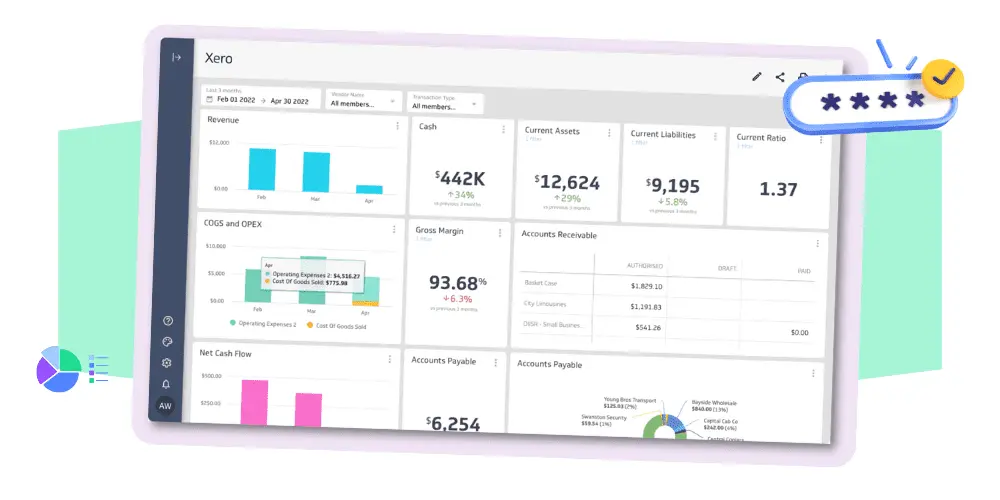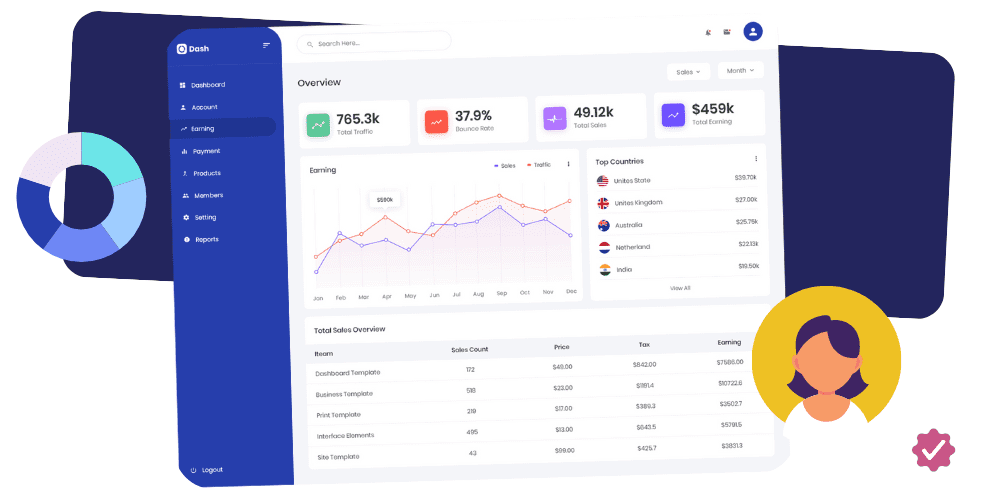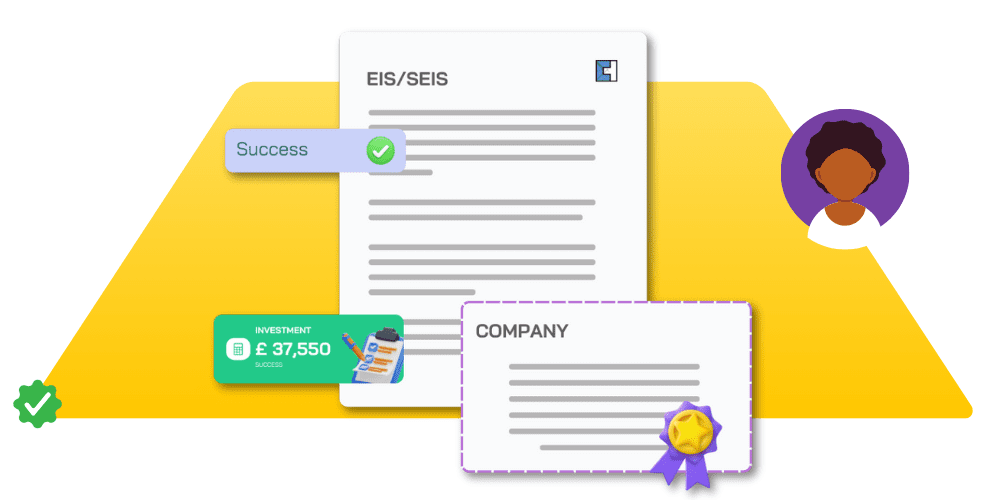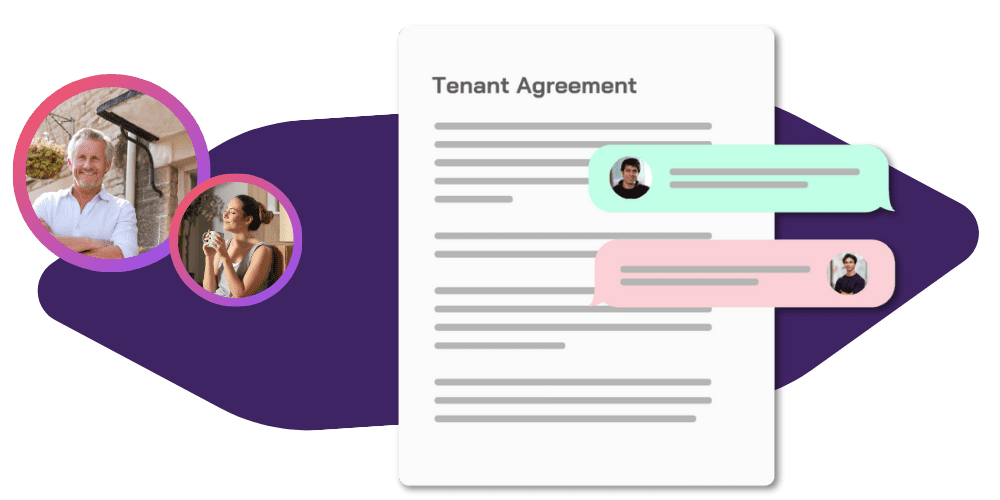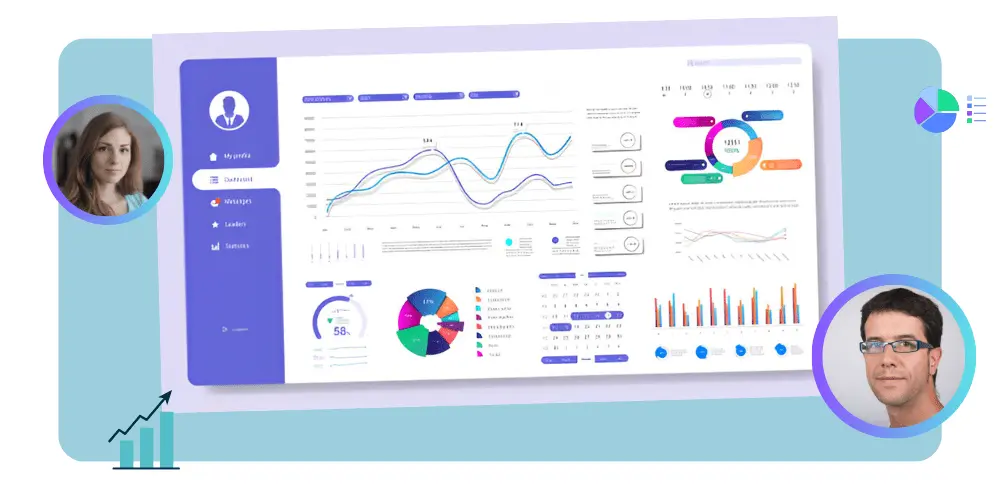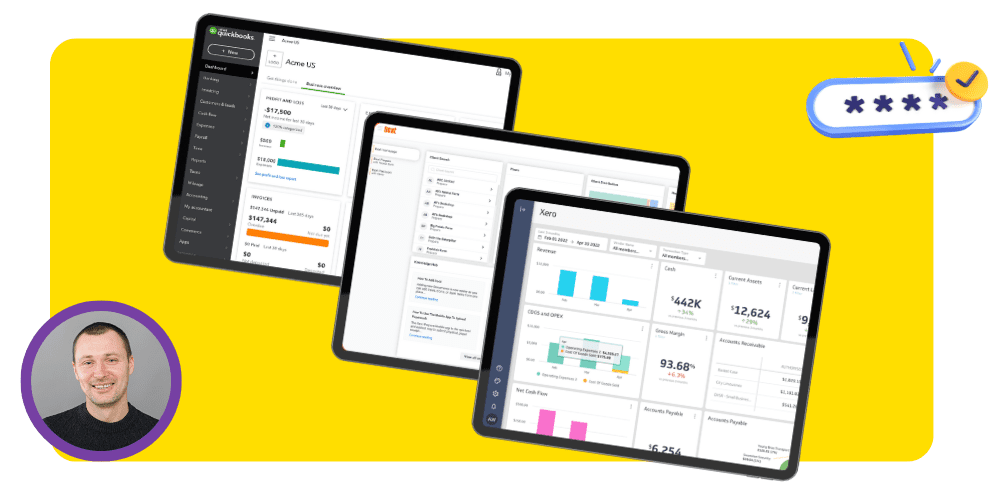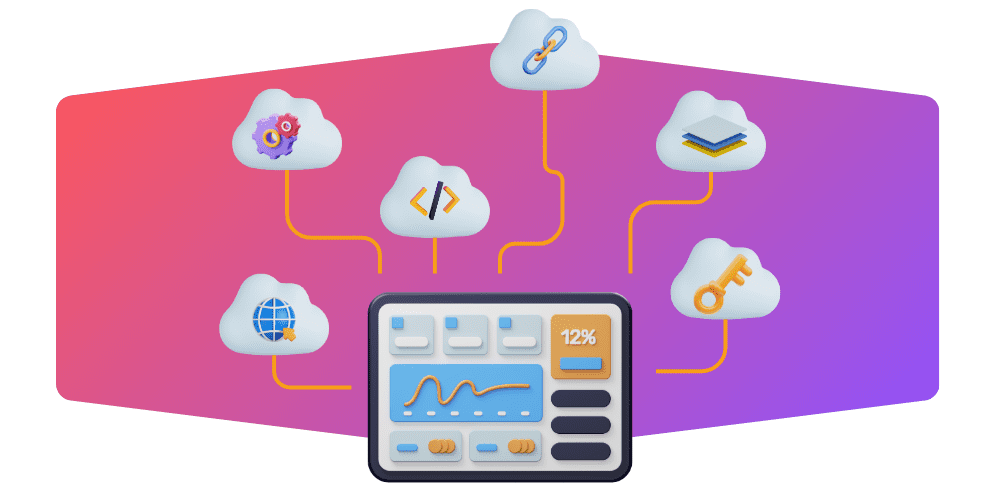PAYE, or Pay As You Earn, is a tax system in the United Kingdom that was designed to collect income tax from employees’ salaries and wages. Both as an employer and an employee, it is important to understand the PAYE process and the forms involved.
In this article, our expert team of accountants in London have curated key aspects of PAYE forms and the information you need to provide to ensure that you are paying the correct amount of tax. However, we first need to know the concept of PAYE.
What is PAYE?
The Pay As You Earn or PAYE system in the UK is a process for collecting income tax and National Insurance contributions (NIC) from the salaries of employees. Employers widely adopt the PAYE system across the country and use it to calculate and deduct the required amount of tax and NICs from their employee’s paychecks and forward it to the HMRC.
In operation, the PAYE system places the responsibility of accurately calculating and deducting tax and NIC’s onto the employer. They accomplish this by utilising a unique tax code for each employee based on information provided by the HMRC. This tax code calculates the accurate amount of tax and NICs to be deducted from each employee’s salary.
Benefits of PAYE
PAYE is a well-established method for calculating and deducting tax and National Insurance Contributions (NICs) from employees’ salaries. It offers numerous benefits to both employees and employers.
If you are an employee, the PAYE system provides peace of mind, as you can be confident that the right amount of tax and NICs will automatically be deducted from your monthly pay. This eliminates the need to carry out your calculations, freeing up time and reducing the risk of errors.
As an employer, you can also benefit from the PAYE system, as it saves you time and effort in calculating and deducting taxes and NICs. Moreover, the PAYE system ensures that you meet your legal obligations for collecting and submitting taxes and NICs to the relevant authorities. This minimises the risk of penalties for non-compliance and helps to maintain good relationships with the tax authorities.
What are the Forms required for PAYE?
As an employer, you are responsible for deducting the correct amount of tax and national insurance through PAYE. To achieve this, you must have all the necessary forms and information for each employee on file. The PAYE system requires several forms, including the FPS, EPS, P45, P60, and P11D.
These forms play unique roles, and you must understand the function of each form as an employer, as you are responsible for handing over accurate information to HMRC. Only accurate or complete forms can result in correct tax and national insurance deductions and potential legal penalties.
Therefore, you must familiarise yourself with these forms and ensure they are updated and stored correctly.
FPS Form
The FPS form stands for Full Payment Submission and is a form that is submitted to HMRC to report the payment details and the deductions made in the period for each employee. An FPS is required to be submitted to HMRC every time an employee is paid, weekly or monthly.
EPS Form
The EPS form stands for the Employer Payment Summary and is a form used by the employer to notify HMRC of the total National Insurance Contributions, statutory payment, deductions that they owe to HMRC. This form is required to be submitted to HMRC even if there are no payments due to HMRC.
P45 Form
P45 Form is a UK tax document that records an employee’s taxable pay and deductions for the tax year. It shows the amount of money an employee earned, the tax paid, and the National Insurance contributions made by the employee.
The P45 form is provided to employees when they leave their job. It includes their earnings, tax, and NICs for the tax year. This form is important because it allows employees to provide their new employer with their tax code and NICs to make the correct deductions.
The P45 form has Four parts:
- Part 1A: given to the employee by the employer when they leave their job
- Part 1B: given to the employee’s new employer when they start a new job
- Part 2: retained by the employer
- Part 3: sent to the HM Revenue and Customs (HMRC)
You are responsible for providing the P45 form to employees when they leave their job. Employees need to receive their P45 form as soon as possible as it will be required for their next job and for claiming certain benefits. Making sure you have a qualified Payroll Accountant to support you will enable you to process payroll and the relevant forms correctly.
What if You Lose Your P45 form?
If an individual loses their P45 form, they can request a duplicate from their previous employer or the HMRC, but if it’s not available, they will have to fill out the Starter Checklist for their new employer. This will help the new employer determine the correct amount of tax to deduct from their pay.
In the case of a Starter Checklist, the individual will have to provide information about their other sources of income and tax code. The new employer will then use this information to calculate the correct amount of tax to deduct from their pay.
It’s important to keep track of important tax documents such as the P45 form and to have a duplicate ready in case of loss or damage, whether you are an employee or an employer. A digital copy of the P45 form can be a good idea for future reference.
P60 Form
The P60 form is an important document for employees in the UK. It is a statement of the total amount of tax and National Insurance contributions (NICs) paid during a tax year by the employee to their employer. It is used by employees to check the accuracy of their tax code and to see how much tax they have paid during the year.
Who is the P60 Form for?
The P60 form is for any employee who has received a salary or wages during the tax year. This includes full-time employees, part-time employees, and workers on short-term contracts.
Who provides the P60 Form?
If you are an employer, it’s your duty to provide the P60 form to your employees. In the UK, all employers must provide their employees with a P60 form by the end of May following the end of the tax year.
When do Employees need the P60 Form?
The P60 form is typically needed by employees when preparing their tax returns or applying for a loan or mortgage. Employees also use it to check their tax code and ensure they have been taxed correctly.
Lost P60 form
If your employee has lost their P60 form, they can request a copy from you. You should be able to provide them with a duplicate copy of their P60 form. You must keep three years of data for such situations as an employer. If you are no longer in business or don’t have the data, your employees can contact HMRC (HMRC) to request a copy of their P60 form.
P11D Form
A P11d form is a tax form used in the United Kingdom to report certain benefits or expenses provided to an employee. This form is submitted annually to HMRC by the employer and includes information on taxable costs or benefits received by the employee during the tax year. The form’s purpose is to ensure that the employee pays the correct tax on these benefits.
Who is the P11d Form for?
The P11d form is for employees who receive taxable benefits or expenses from their employer, such as company cars, private medical insurance, or school fees. As an employer, again, you need to submit the form, and the employee is responsible for paying the tax owed on these benefits.
Who provides the P11d Form, and when?
If you are not an employee but an employer, you must submit the P11d form to HMRC by the 6th of July following the end of the tax year. For example, for the tax year ending on 5th April 2022, the form must be submitted by the 6th of July 2022. You can ask the employer to submit the form if you are an employee.
When do Employees need the P11d Form?
Employees should receive a P11d(b) form from their employer, which lists the taxable benefits they received during the tax year and the amount of tax they owe. Employees do not need the P11d form itself, as it is submitted to HMRC by the employer. However, they may need the information contained on the form to complete their tax return.
What if you lose your P11d Form?
If the employee has lost their copy of the P11d form, you, as an employer, should be able to provide them with a copy. If you cannot provide a copy, they can request one from HMRC by calling their helpline or writing to them.

How to Complete PAYE Forms Correctly
Completing PAYE forms is important to ensure that the correct amount of tax and NICs are deducted from an employee’s salary. Here are some tips for completing these forms correctly:
- Ensure that all information on the form is correct, including the employee’s name, National Insurance number, and tax code.
- Make sure that the correct tax and NICs have been deducted from the employee’s salary.
- Provide the forms to the HMRC on time, as specified by the HMRC’s guidelines.
- If you need help completing a form, you can consult the HMRC’s guidance or seek assistance from a professional.
Do I need to be aware of any Payroll Software?
As en employer if you do decide to manage your payroll by yourself, you should look at software that can make the payroll process easier. Software such as Xero Payroll, QuickBooks Payroll, IRIS etc can be useful in order to help you calculate and submit payroll more efficiently. Alternatively a Xero Accountant or a QuickBooks specialist might be a good support to help you setup payroll initially, even if you plan to manage this yourself in-house.
Additional Resources
Conclusion
PAYE is an important part of the UK tax system, and it’s important for business owners and individuals to understand the forms involved and how to complete them correctly. Following the tips in this article, you can ensure that your PAYE forms are completed accurately and on time.
Frequently Asked Questions
What are the forms of PAYE?
As an employee in the UK, it is important to familiarise yourself with the two key PAYE forms: P45 and P60. These forms play a crucial role in the PAYE (Pay As You Earn) system, which collects income tax from salaries and wages. The P45 is utilised when an employee changes jobs, while the P60 serves as a summary of an employee’s tax information for the end of the tax year. In this article, we will delve into the significance of these forms and the information they require to ensure that you clearly understand the PAYE process.
How is PAYE calculated?
The calculation of PAYE, or Pay As You Earn, in the United Kingdom is determined by an employee’s income during the pay period. This period is typically one month. The UK tax authority grants a personal allowance to eligible workers, the amount they can earn in a year without incurring any tax obligations. The amount of PAYE to be paid is calculated based on the difference between an employee’s income and personal allowance. Understanding the PAYE calculation process is important for employees to ensure they are paying the correct amount of tax.
What is the difference between PAYE and salary?
The distinction between PAYE and salary lies in how taxes are calculated and deducted from an employee’s earnings. The amount of tax to be deducted from an employee’s salary each month is determined by their unique tax code, which is based on the amount they earn. Employees who are paid a salary must have a portion of their income regularly taxed, which includes the PAYE deductions for Income Tax and National Insurance contributions.
















